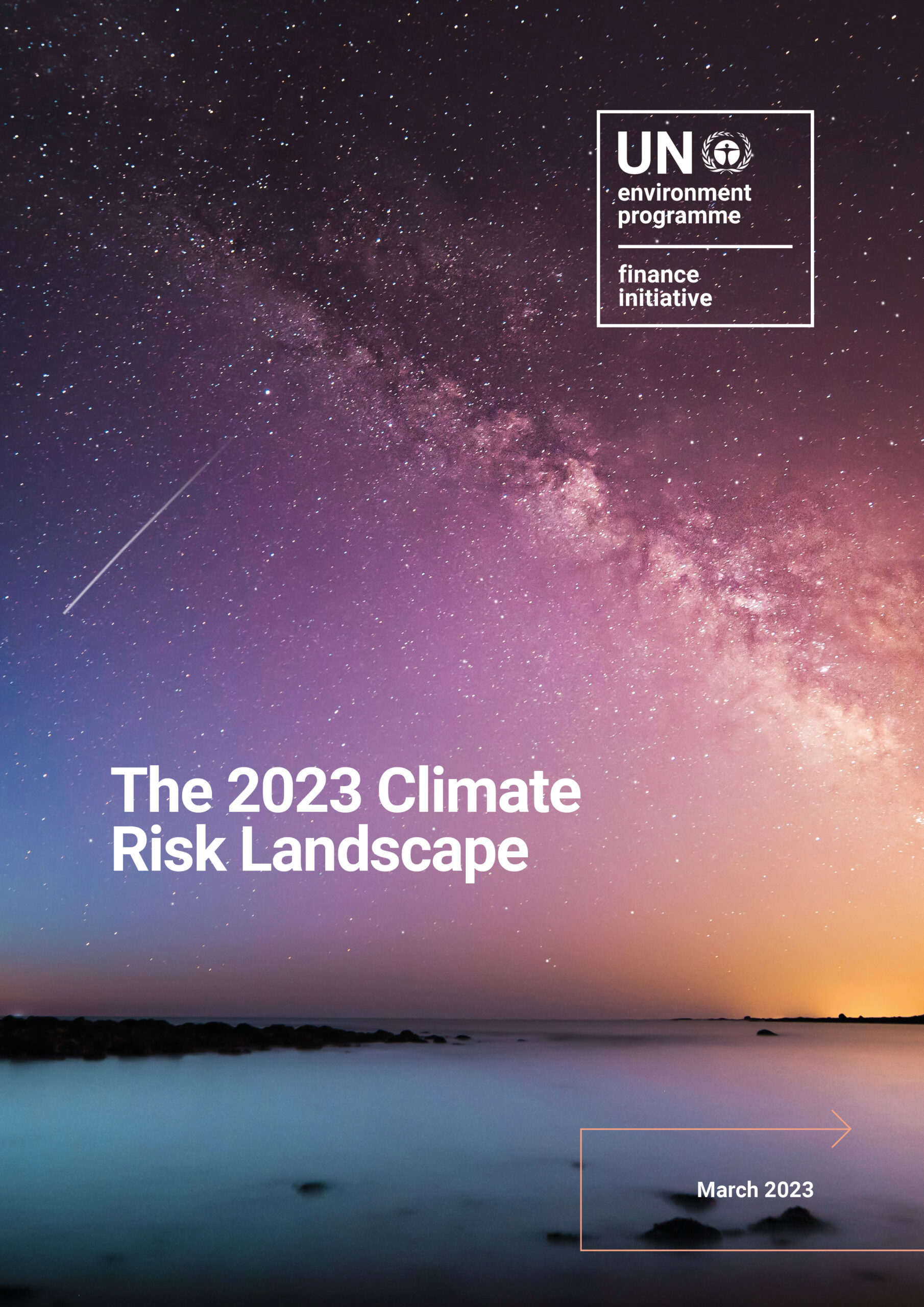Tracey McDermott, outgoing chair of the Net-Zero Banking Alliance and a member of Standard Chartered’s management team, urges governments to intensify efforts on the path to net zero.
As emissions continue to rise, and the window to avert devastating and far-reaching climate impacts rapidly shrinks, it is important to ask what role banks can realistically play. Can banks really help fix the climate crisis?
As I come to the end of my three years as chair of the Net-Zero Banking Alliance, a group of more than 140 leading global banks committed to transitioning their portfolios to achieve net zero greenhouse gas emissions by 2050, let me provide a clear answer: banks cannot fix the climate crisis alone.
Yes, the progress in the power generation, energy storage, and transport sectors in some developed and emerging markets is encouraging. As more countries recognise the growth and opportunity that the transition to net zero can bring, they have implemented significant demand incentives, carbon pricing, and other policies that are supporting investment. Yet, no government in the world yet has comprehensive policies that fully align with meeting the Paris Agreement goal of limiting warming to 1.5C.
Voluntary action by banks is no panacea for gaps in climate policy. To attract the additional financing needed to transform the global economy and for banks to meet their 1.5C-aligned goals, governments need to take the next step, creating further policies, incentives and frameworks to support more sectors of the real economy in more markets to decarbonise. This will require bringing in and scaling up established green technologies in new markets, the commercialisation of further technologies, and ensuring the transition is just and inclusive.
If they do, banks are better prepared than ever before to play their part.
When NZBA launched in April 2021, no bank had set science-based 2030 sectoral targets aligned to the Paris Agreement goal to limit warming to 1.5C. Today, more than 100 banks, well over two-thirds of NZBA‘s membership, have done so.
In the last three years, NZBA banks have each independently dedicated significant resources to measure their emissions, set targets, develop transition plans, and upskill colleagues, boosting their ability to support clients seeking to decarbonise their businesses.
They have developed new sustainable and transition finance solutions and provided trillions of dollars in green and transition finance to support clients on their climate journeys.
They have partnered with governments and public finance providers to address barriers to the net zero transition, for instance, by contributing to Just Energy Transition Partnerships that aim to support coal-dependent countries to shift to low-carbon energy while maintaining economic growth, social development, energy access, and energy security.
At the same time, more banks around the world are recognising the importance of climate change to their businesses. NZBA membership has grown threefold since it launched with 43 banks and now has more than 140 members from more than 40 countries with trillions in assets.
This success has also created a challenge — how to help banks develop credible commitments without being so inflexible that NZBA’s reach is limited to only select banks or jurisdictions.
NZBA guidance supports banks in setting credible and comparable targets and in determining the sectors, targets and mix of strategies that make most sense for their individual institutions. This approach reflects not only the vastly different economic, legal and regulatory environments in which member banks operate, but also their varied client bases and business models.
Of course, NZBA members do not just choose to set targets, they also commit to being transparent about their progress towards meeting them.
NZBA member banks are disclosing unprecedented amounts of information on their targets, transition plans, and attributable annual greenhouse gas emissions, on both an emissions intensity and absolute emissions basis. This transparency enables the progress being made by NZBA members to be assessed based on the best available data.
As with many areas relating to climate change, assessments of these disclosures differ. Several assessments conducted by third-party organisations have concluded that NZBA banks outperform their non-NZBA peers on a range of climate-related indicators, including the share of energy financing they provide for low-carbon energy, and their disclosure of financed emissions and targets. Other studies have been more critical.
Debate on whether banks are doing enough is important. Whatever your assessment, NZBA members’ willingness to provide data contrasts with other actors that have made no climate-related public commitments, which enables scrutiny. This should be welcomed by all.
NZBA remains steadfast in supporting progress and urgently needed capacity-building within the global banking industry. I am confident that NZBA members will continue to demonstrate progress against their individual commitments and will continue to support their clients in the real economy to transition to net zero.
But, to end where I started, banks cannot do this alone. Translating ambition into meaningful emissions cuts requires partnerships between policymakers, banks, and the real economy. Inaction means squandering hard-fought progress when the world can least afford it.
This opinion piece originally appeared in The Banker.


